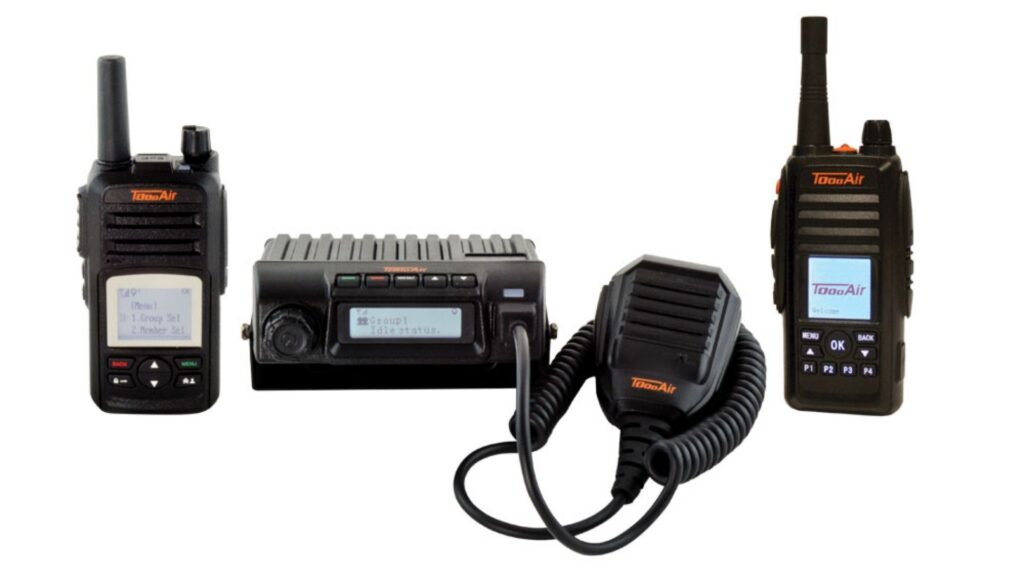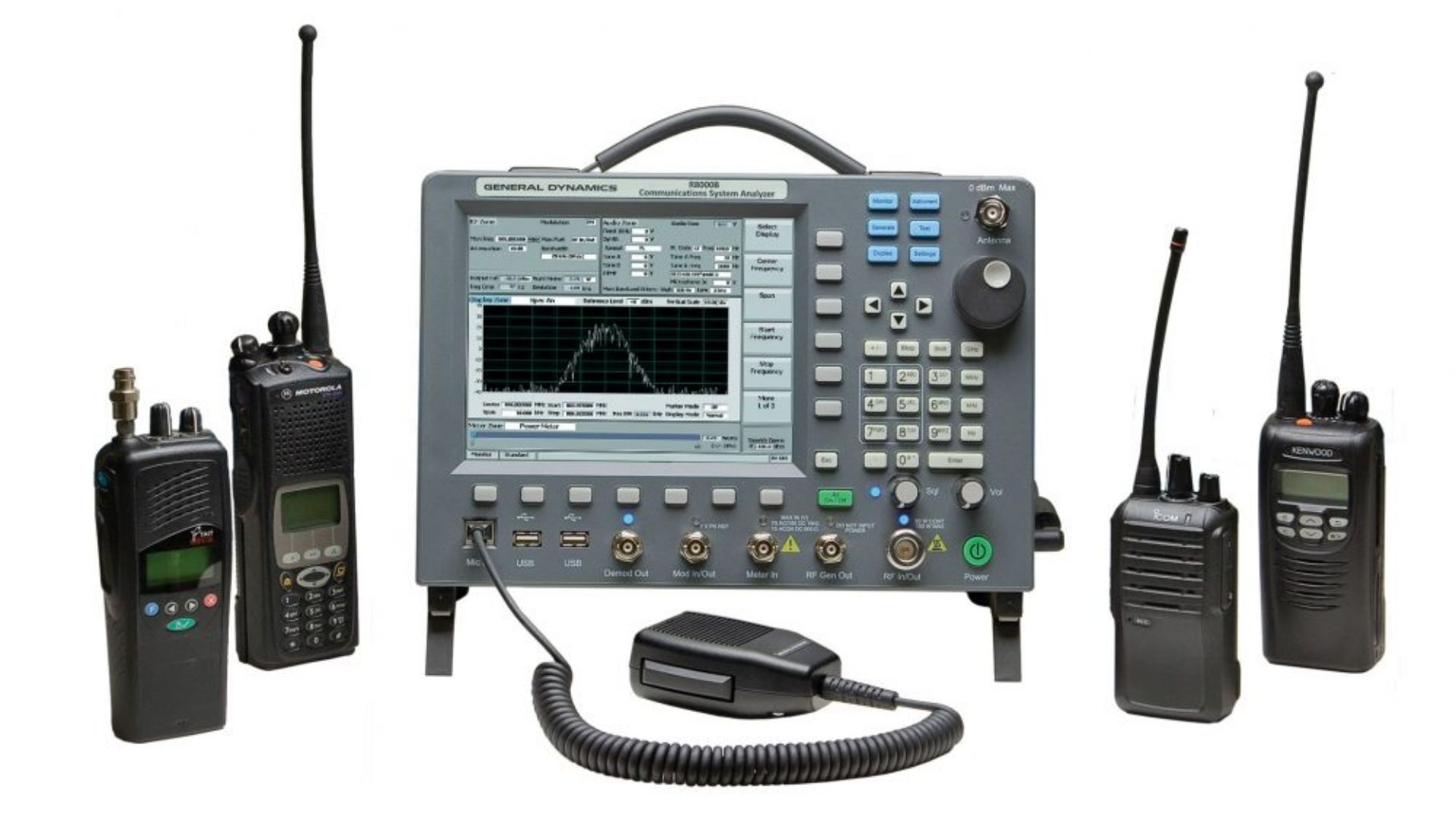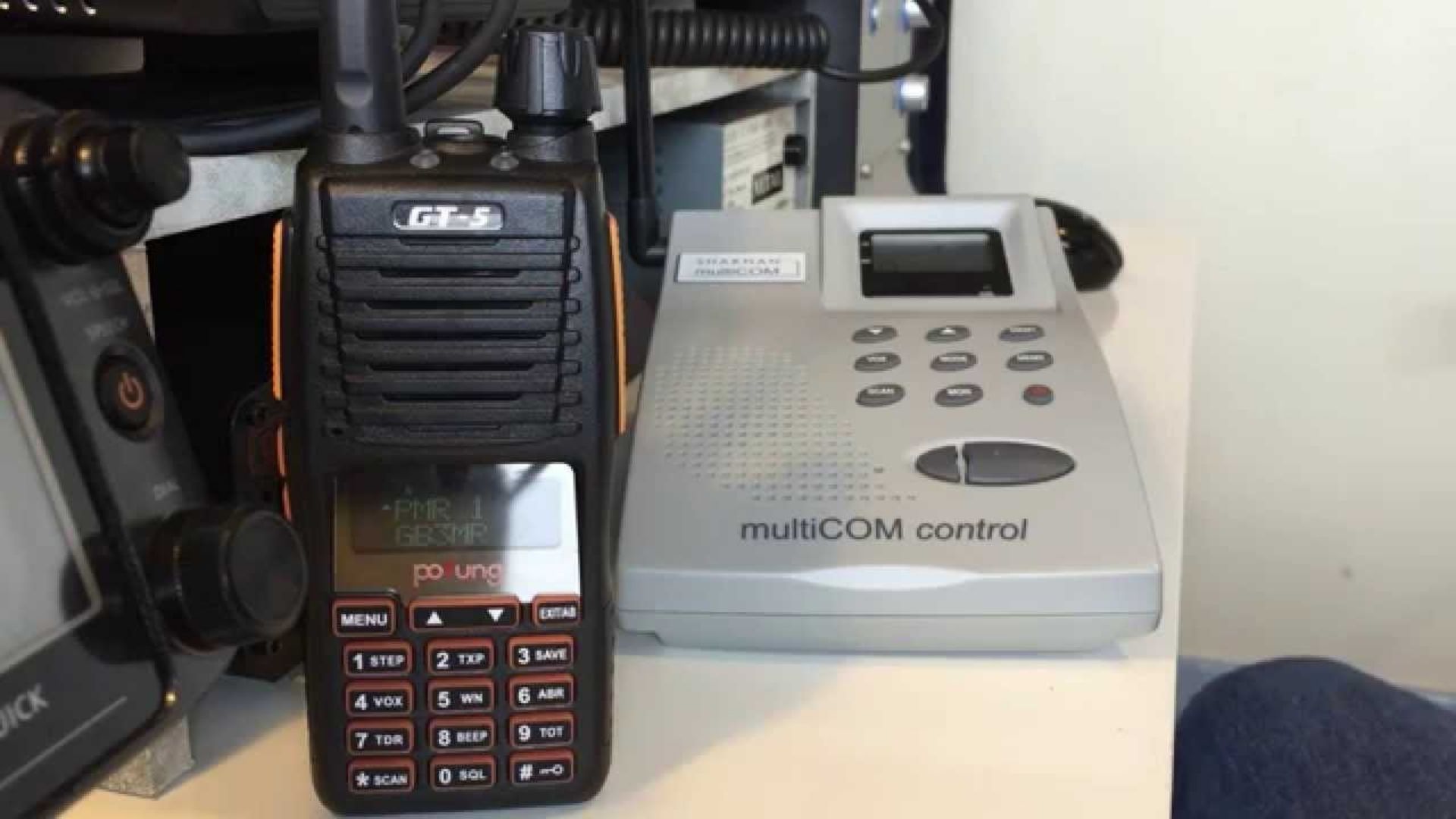Introduction:
In our fast-paced world, where seamless communication is a necessity for various industries, Two-Way Mobile Radios Base Station Systems stand tall as the unsung heroes ensuring that vital information flows effortlessly. These systems play a pivotal role in facilitating real-time communication, particularly in fields such as public safety, transportation, and industrial operations. In this blog, we’ll explore the significance of Two-Way Mobile Radios Base Station Systems and their crucial role as the backbone of communication.
Understanding Two-Way Mobile Radios Base Station Systems
Two-Way Mobile Radios Base Station Systems, often simply referred to as base stations, are the central infrastructure in a two-way radio communication network. These systems consist of a base station transceiver and an antenna that connects with mobile and portable radios used by field personnel. Here’s how they work:
- Transmission and Reception: Base stations are equipped to both transmit and receive radio signals. When a user transmits a message from their mobile radio, the base station receives the signal, processes it, and transmits it to the intended recipients.
- Coverage Area: Base stations have a defined coverage area or range, which can vary depending on factors like power output, antenna height, and terrain. They ensure that users within their coverage area can communicate effectively.
- Duplex Communication: These systems support duplex communication, allowing users to talk and listen simultaneously. This is essential for real-time conversations, especially in critical situations.
Key Benefits of Two-Way Mobile Radios Base Station Systems
- Reliability: Base stations are known for their reliability and robustness. They are designed to operate in harsh environments and can withstand extreme weather conditions.
- Extended Range: Base stations extend the range of mobile and portable radios, ensuring that communication remains possible even in remote or expansive areas.
- Centralized Management: These systems enable centralized management and control of communication, making it easier to coordinate field operations.
- Emergency Communication: In emergency situations, base stations play a critical role in broadcasting emergency alerts and coordinating rescue efforts.
Applications of Two-Way Mobile Radios Base Station Systems
These systems find applications in various industries and sectors:
- Public Safety: Police, fire departments, and emergency medical services rely on base stations to coordinate responses to emergencies and incidents.
- Transportation: Base stations are used in aviation, maritime, and ground transportation to ensure smooth communication between operators and drivers or pilots.
- Utilities: Utility companies employ base stations for managing field operations, such as power line maintenance and water infrastructure.
- Industrial Operations: In manufacturing and construction, base stations enhance worker safety and efficiency by enabling real-time communication among teams.
Conclusion:
Two-Way Mobile Radios Base Station Systems are indeed the unsung heroes of communication networks. They provide the foundation for reliable and efficient communication across various industries, making them indispensable for businesses and organizations that rely on instantaneous information exchange. Whether it’s ensuring public safety, improving transportation logistics, or enhancing industrial operations, base stations play a vital role in keeping us connected and safe in our ever-evolving world. Their ability to provide extended coverage, reliability, and centralized management makes them an integral part of our modern communication infrastructure, quietly ensuring that critical messages are transmitted without fail.



